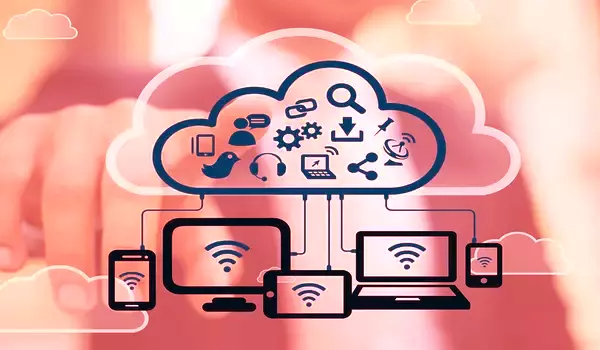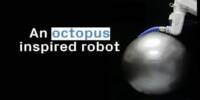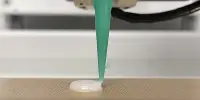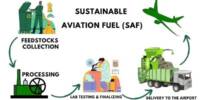The Internet of Things (IoT), also known as the Industrial Internet or the Internet of Everything, is a new technology that allows global machine networks to communicate with one another. IoT is playing an important role in future technologies because many industries are focusing on it. The importance of IoT from an industrial standpoint can be realized when devices connected to the global machine network can interact with each other for customer support, intelligence applications for business, inventory systems for vendors based on their needs, and analytics for business. As a result, industries are rapidly adopting this technology for innovative technological solutions and competitive pressure.
Computer modeling was used by scientists to optimize the design of an electromagnetic energy harvester for powering wireless sensor networks for the Internet of Things. Energy Harvesting (EH) technology is a promising green solution that extends the life of these sensors and, in some cases, completely replaces the use of battery power.
The Internet of Things is based on wireless sensor networks that require a low but consistent supply of electrical energy. This can be provided by electromagnetic energy harvesters, which generate electricity directly from the environment. Lise-Marie Lacroix of the Université de Toulouse, France, and colleagues from Toulouse, Grenoble, and Atlanta, Georgia, USA, used a mathematical technique called finite element simulation to optimize the design of one such energy harvester so that it generates electricity as efficiently as possible. This work has now been published in the journal EPJ Special Topics.
We are now producing harvesters based on the guidelines that we developed through this study. These devices are likely to be useful in the aerospace, automotive, and biomedical industries, as well as others that have come to rely on the Internet of Things.
Lise-Marie Lacroix
The internet of things (IoT) manages a large infrastructure of web-enabled smart devices, which are small devices that use embedded systems like processors, sensors, and communication hardware to collect, send, and elaborate on data collected from their surroundings. Thus, from a practical standpoint, such devices are made up of power-efficient storage, scalable, and lightweight nodes that require power and batteries to function. According to the reasons stated above, energy harvesting plays an important role in increasing the efficiency and lifetime of IoT devices.
The Internet of Things is made up of an enormous number of generally small, portable devices, each of which requires its own sustainable micro-energy source. Batteries are unsuitable for this because they must be replaced or recharged frequently. Instead, a variety of technologies are being considered, with electromagnetic energy harvesting being one of the most promising.

A vibrating plate holds an array of micromagnets that face and are coupled with a parallel, static coil in an electromagnetic energy harvester. Vibrating magnets generate electrical energy, and the amount of electricity that can enter a circuit is determined by the design of the coil and magnet, as well as the spacing between them.
Lacroix and her colleagues investigated a system in which the magnets were cutting-edge NdFeB, which is an alloy of the rare earth metal neodymium with iron and boron. They discovered that power could be optimized through a trade-off between the spacing of the magnets in the array and the number of turns in the coil; decreasing the distance between coil and array and increasing the thickness of the magnets can both increase it.
“We are now producing harvesters based on the guidelines that we developed through this study,” she says. These devices are likely to be useful in the aerospace, automotive, and biomedical industries, as well as others that have come to rely on the Internet of Things.
Energy harvesting is the process of converting ambient energy into electrical energy (EH). Several techniques have been developed over the years to apply this concept to a variety of different sources. An EH system is a collection of interconnected subsystems, one of which is power generation, which is responsible for powering IoT devices. Over the last decade, energy harvesting for low-power devices from sources such as thermal, solar, wind, radiofrequency, and sound has been done efficiently.
















